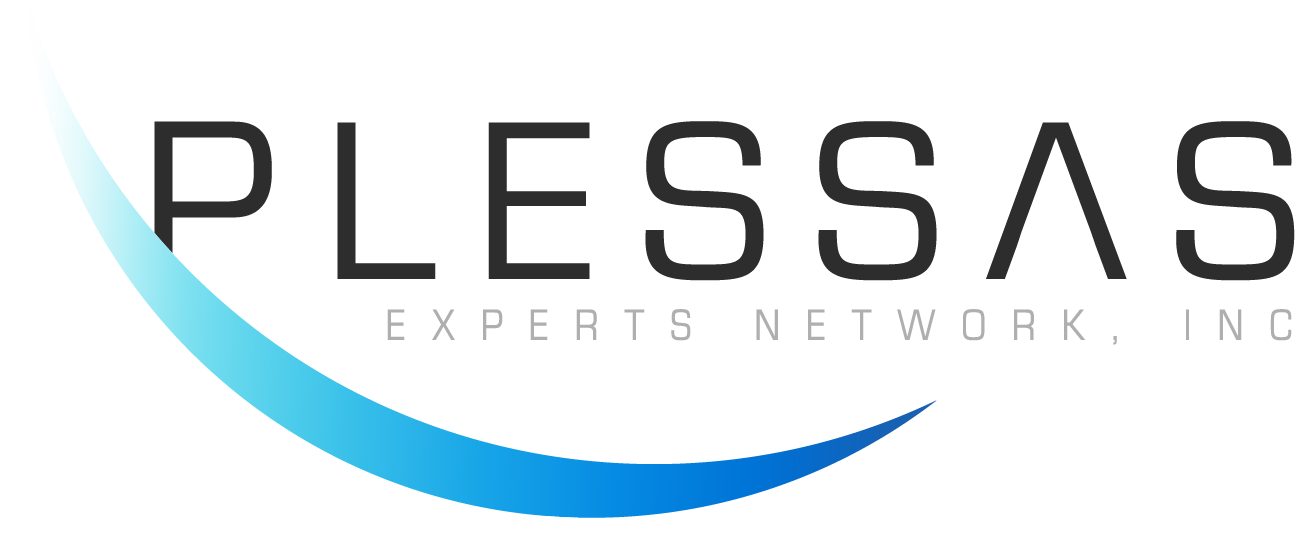While Facebook Search appears to be as simple as plugging terms into the search field, the functionality of this search tool has long been complicated by apparent limitations of the results this search method produces. Facebook is a social network filled with vast data; much more information available than a basic search will yield.
Unfortunately, this June, Facebook cut off easy access to the bulk of the searchable data. Most of what can be searched now has to be done through their search interface. That means relying on the search bar again and facing its limitations, but these significant limitations may be overcome if you know how to do it.
This post will hopefully function as a guide to those who want or need to go further with Facebook search but are not web developers or marketing gurus. This is a guide for the lay-person.
Why do I need to go beyond the Facebook search bar?
In short, precision and efficiency drive the need to search beyond the data provided through the basic search field. This precision focuses searches, yielding results that are matched to exact users/pages/places.
When you perform a search in Facebook, based on the category of search that you choose, you will have a set of filters on the left sidebar to choose from. These filters vary greatly by topic. There are options for custom filters in almost all of these, but they are not keyword searches nor can you use ID numbers if you know them. Instead, the custom filters will populate with suggestions based on your keywords and you must choose one of the suggestions. If your desired custom filter is a specific user named “Mike Smith”, you must find the right Mike Smith among those suggested to you - and there will only be up to five suggestions to select from. Obviously there are more than five users named Mike Smith, and your Mike Smith may not show up on the suggestions unless you are friends or friends of friends. If you were able to identify the right Mike Smith and get his ID number, you still cannot use that as a search query in Facebook’s native search.
Nevertheless, that is not where this guide ends. There are a few tools out there that can help. Our favorite solutions include one created by S0wdust and another by Intelx.
While the tools are great shortcuts, when tools breakdown or go offline, it is important to know the information is still available and manually performing the searches is achievable for a layperson. With an understanding of the methodology a user may create new combinations and discover new searches. While this may be intimidating at first - with formulas starting in one format (JSON) and then being converted (encoded) into a gibberish-looking code (Base64) - it is a recipe that can be followed by anyone.
Knowing what JSON and Base64 are is not necessary to complete your searches. If you are interested to learn more about them, here are some references: JSON and Base64.
How to use the Facebook Matrix of formulas
On Facebook.com, perform a keyword search.
This search can be for anything and is changeable later.
Best practice is to keep it very short or to search for the same word as a result you would like to see. For example, if you will be looking for people named Mike Smith, search for “smith”
On the Facebook search results page, choose the category of search that matches your goals.
Posts, People, Photos, etc
If you are looking for someone named Mike Smith, choose People
Select a filter, any filter.
The goal is to get the Facebook URL to include the =FILTERS&filters= language
After this point in the URL, you will notice a string of letters and numbers. This is where the Base64 code begins.
Delete the current Base64 code so that the URL ends with =FILTERS&filters=
In a different tab, identify the ID numbers that you will need for your search
This could be a place ID, person ID, page ID, Group ID, etc
Go to plessas.net/facebookmatrix to learn how to get Facebook ID numbers
In the Facebook matrix at the bottom of plessas.net/facebookmatrix, identify the searches/JSON formulas you intend to use
Copy the JSON formula into a Base64 encoding tool
There are many Base64 encoding tools
Maybe the easiest to use for beginners is Base64encode.org
If you are combining two (or more?) JSON formulas
Remember that the outside braces of the formulas are only needed once
Put both formulas inside one set of braces
Separate the formulas with a comma
Copy the ID numbers previously identified on Facebook and insert into the JSON in the Base64 encoder
ENCODE
Copy the Base64 results and return to Facebook. Paste the Base64 results immediately after =FILTERS&filters= and hit Enter or Return
The results should match your search choices
To edit the search keyword, look into the URL for it and change it
Do not edit it in the Facebook search field, this will reset your filters
If you are using two words, use %20 in the place of any spaces
Troubleshooting
If you want to get advanced, consider doing some of the searches through the regular Facebook interface and the converting them back from Base64 to discover the JSON strings used.



